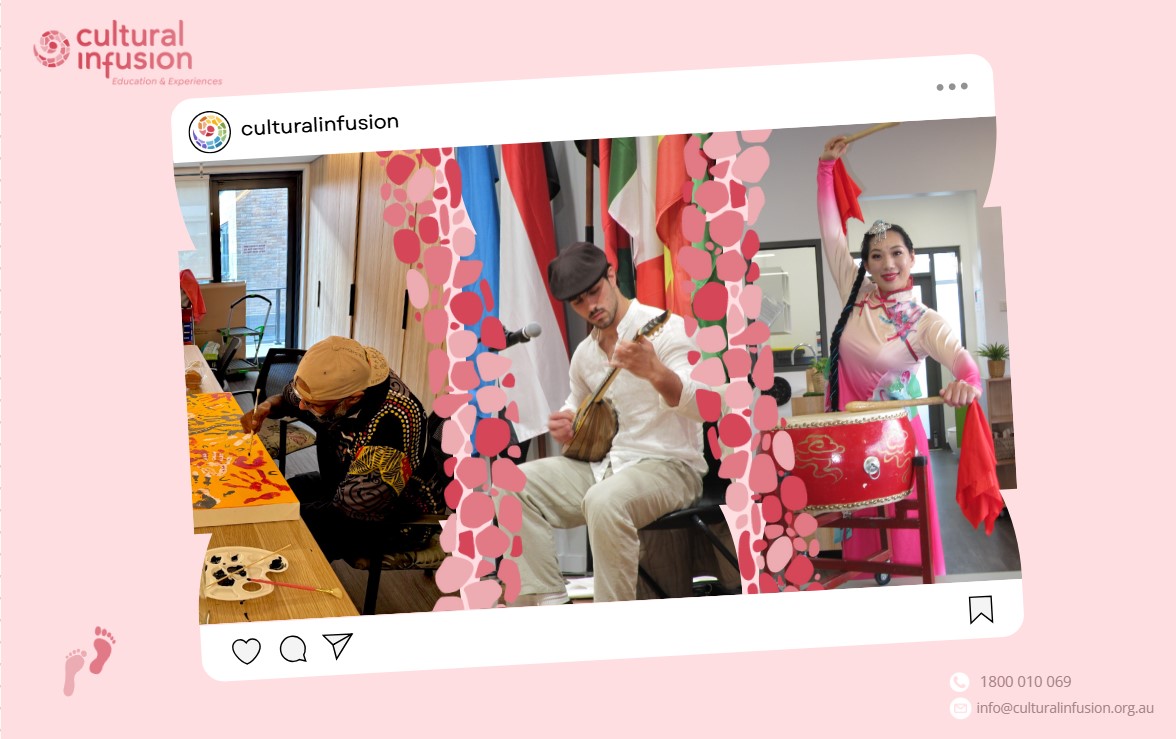During her placement at Cultural Infusion, marketing intern Laura Lao had participated in different cultural educational workshops by artists and presenters from various cultures. In this article, she is sharing her reflections on the relationship between intercultural understanding, cultural programs and the overall wellbeing of student from a psychological point of view.
What is Language
“Unconsciousness is constructed as language.”
The main difference between humans and computers is consciousness. Everyone has their own consciousness. Culture is the most important factor in constructing our language.
This perspective was first proposed by Jacques Lacan, the famous French psychoanalyst. He proposed the concept of the “ego” as the guide of the unconscious, that people will unconsciously use culture to reshape their language. Such as how to explain a concept, everyone has their own description.
From the sense of symbol
“Culture influences people’s thoughts and behaviours through shared beliefs, values, and norms.”
Emile Durkheim, French cultural theorist
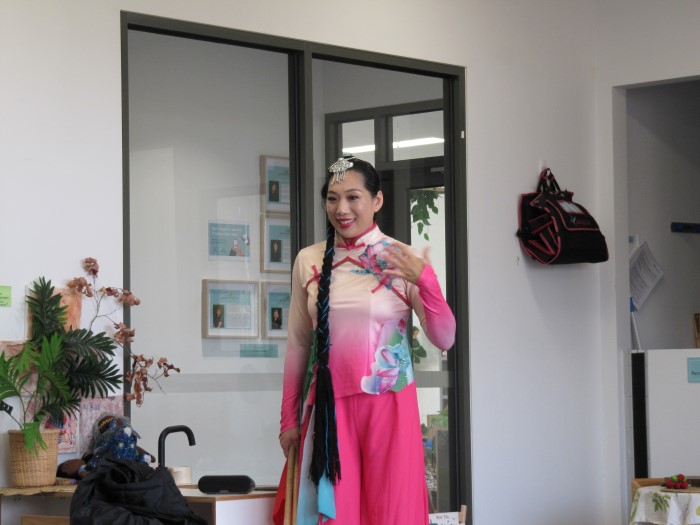
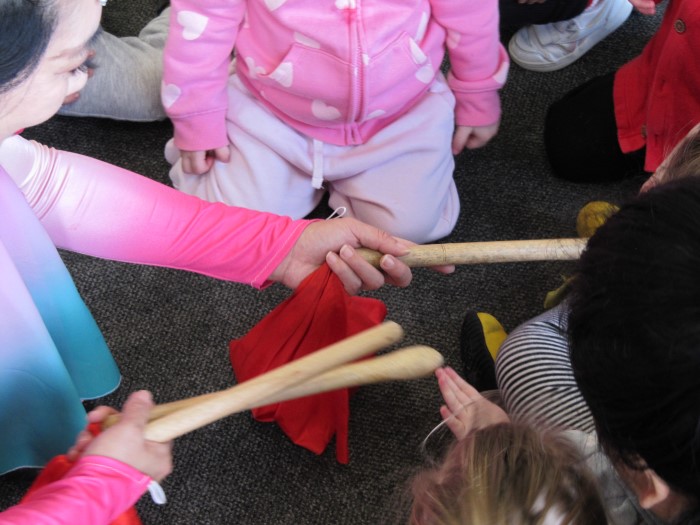
In Chinese culture, symbols such as “dragon” and “phoenix” have been transformed from material entities to spiritual meanings. In the traditional Chinese folk-dance form, the Dragon Dance signifies good luck, good fortune, and auspiciousness.
On a July morning in 2025, when I was an intern going to shoot material for Chinese Drumming class. Junxi Su was delivering a program to a kindergarten, I saw how the familiar Chinese musical instruments communicated with the children. I felt proud and happy when I saw my country’s instruments being played in other countries. Even if I can’t speak English very well and they can’t speak Chinese. But we are happy for the same thing. To be together in the same space and to enjoy the communication between the two cultures.
From the psyche
While photographing Demetrius Mousaferiadis’s Greek dance class, I saw that every child was very active in the class. I could see the happy smiles on every child’s face as they danced around holding hands.
This rhythmic movement to the music also promotes the release of endorphins, which are the substances that produce happiness during exercise.
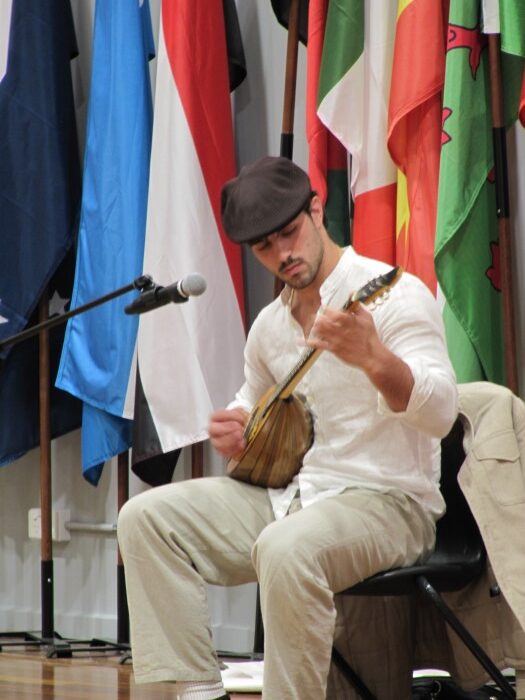
Are cultural expressions diminishing?
Last week, I visited a mural workshop by Tristan Harris, who is a Noongar man from the Bibbulmann clan in Western Australia, known for his work as a cultural educator, performer, and advocate for Indigenous heritage. The different colours on the pictures represent the different people who converge to form paths that surround their communities. After Tristan’s introduction, I learned that there are many languages spoken by the Aboriginal people in Australia. But also many languages are being lost.
Does this mean that there are fewer forms of expression? Are cultural expressions diminishing? During my internship at Cultural Infusion, the CEO Peter Mousaferiadis spoke to UNESCO for the 2005 Convention for the Protection and Promotion of Cultural Diversity, where he addressed these questions.
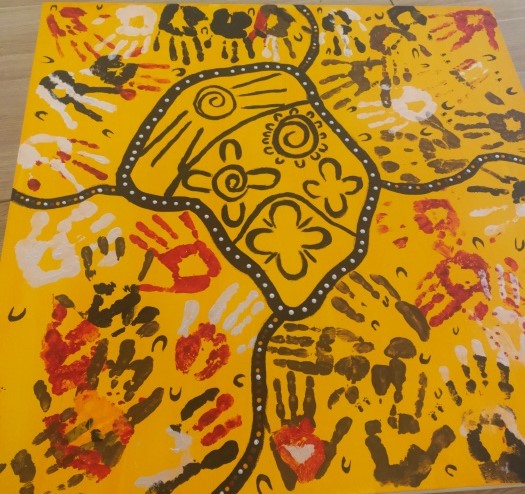

Culture is not a luxury but a necessity
“Although people don’t realize it, their culture actually influences the choices they make every day.”
Hazel Rose Markus, American social psychologist
From a different perspective, intercultural understanding allows people to express themselves in a variety of ways, such as using different languages and creating art. These are important elements of human communication and ways of seeking identity. Using physical things or people to present them in another way, that is the communication from culture. Culture is embodied in a variety of material objects, which are passed on to and through people of different generations. Nowadays, culture is not only a deposit of ancient and modern national memory but also reflects its infectious and influential power through international dissemination. And this is why I believe that learning about interculturalism is important and meaningful for wellbeing.
